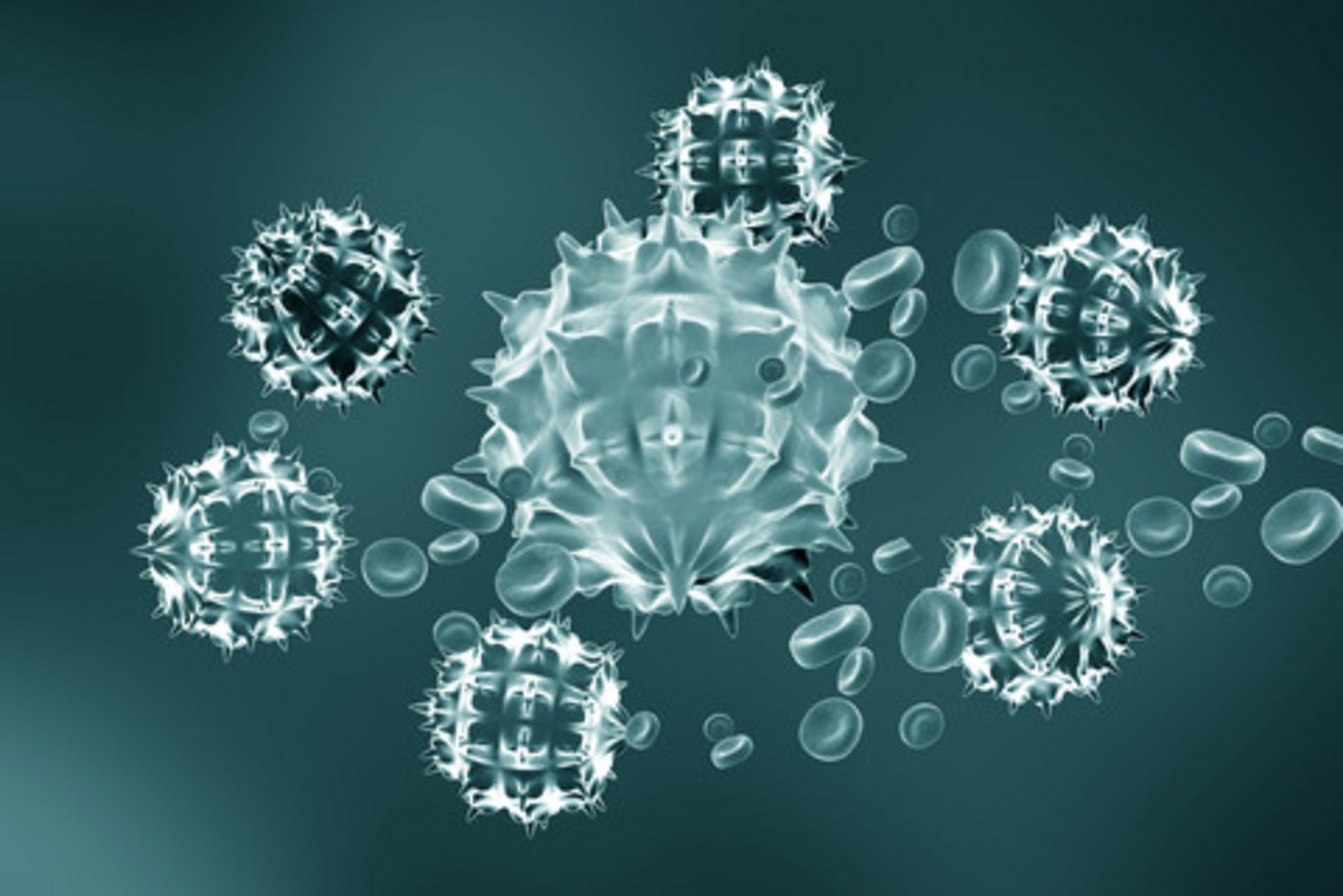HIV can cut and paste in the human genome
Aarhus University has developed a technology that uses the HIV virus as a tool in the fight against hereditary diseases - and in the long term, against HIV infection as well. The technology repairs the genome in a new and safer manner.

For the first time researchers have succeeded in altering HIV virus particles so that they can simultaneously, as it were, ‘cut and paste’ in our genome via biological processes. Developed at the Department of Biomedicine at Aarhus University, the technology makes it possible to repair genomes in a new way. It also offers good perspectives for individual treatment of both hereditary diseases and certain viral infections:
"Now we can simultaneously cut out the part of the genome that is broken in sick cells, and patch the gap that arises in the genetic information which we have removed from the genome. The new aspect here is that we can bring the scissors and the patch together in the HIV particles in a fashion that no one else has done before," says associate professor in genetics Jacob Giehm Mikkelsen from Aarhus University.
'Hit-and-run' technique leaves no traces
At the same time, the team of researchers from Aarhus have developed a technique that increases the safety of the cutting process, the so-called "gene editing":
"In the past, the gene for the scissors has been transferred to the cells, which is dangerous because the cell keeps on producing scissors which can start cutting uncontrollably. But because we make the scissors in the form of a protein, they only cut for a few hours, after which they are broken down. And we ensure that the virus particle also brings along a small piece of genetic material to patch the hole," says Jacob Giehm Mikkelsen.
"We call this a 'hit-and-run' technique because the process is fast and leaves no traces".
Viruses become nanoparticles
The researchers have benefited from many years of intense research into HIV as this has e.g. shown that HIV particles can be converted into transporters of genetic information. But when they also become transporters of proteins that are not normally found in the cells, as is the case now, the particles are altered. Virus particles are converted into nanoparticles which carry the substances that can have a direct effect on the treated cells.
HIV infection is one of the areas where the researchers want to make use of the technique, and here the goal is to stop a specific gene from functioning - something that the protein scissors can do.
"By altering relevant cells in the immune system (T cells) we can make them resistant to HIV infection and perhaps even at the same time also equip them with genes that help fight HIV.
"So in this way HIV can in time become a tool in the fight against HIV," says postdoc and PhD Yujia Cai of the research team.
The results have recently been published in the scientific journal eLIFE.
- Read the article ”Targeted genome editing by lentiviral protein transduction of zinc-finger and TAL-effector nucleases” in eLIFE.
- Read further coverage in the article "Delivering the second revolution in site-specific nucleases."
- Hear Jacob Giehm Mikkelsen discuss "gene editing" in "The eLIFE Podcast 11" (beginning at 06:55)
Facts:
- "Gene editing" is surgery in genomes. You cut a hole in the genome and help the cell to repair genetic defects in the vicinity of the location where the scissors cut.
- The "scissors" in the manipulated virus particles, which are also called 'designer nucleases", are the proteins that the researchers have equipped the particles with so they can cut the DNA.
- "The patch" is the genetic information that will replace the information in the genome.
Further information:
Associate Professor, PhD Jacob Giehm Mikkelsen
Aarhus University, Department of Biomedicine
Tel.: +45 8716 7767
Mobile: +45 2623 8236
GIEHM@HUM-GEN.AU.DK
